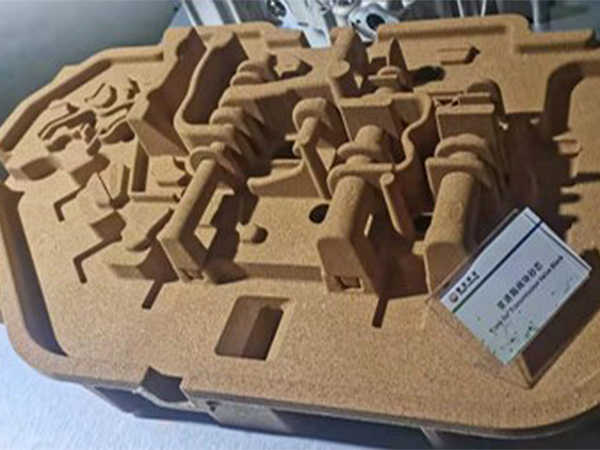Exploring the Importance of Foundry Sands in Manufacturing
Foundry sands play a crucial role in the metal casting industry, serving as essential materials for the production of a wide variety of metal components used in diverse applications. As industries continue to innovate and expand, the demand for high-quality foundry sands has grown significantly, driving research and development efforts to improve their properties and sustainability.
Foundry sand is primarily composed of silica, although it may contain other minerals depending on the specific requirements of the casting process. It is commonly used in the making of molds and cores, which define the shape and size of the final metal component. The quality of foundry sand directly affects the final product, making the selection of the appropriate type critical.
One of the most widely used types of foundry sand is green sand, which is a mixture of silica sand, clay, and moisture. This type of sand is favored for its excellent ability to retain moisture, leading to improved mold strength and permeability. It is particularly popular in ferrous metal casting due to its cost-effectiveness and ease of use. Furthermore, green sand can be reused multiple times, contributing to sustainability efforts in foundries.
Another type of foundry sand is resin-coated sand, which is often utilized in more precise applications. This sand is coated with a synthetic resin, which allows for greater control over the properties of the mold. The result is improved dimensional accuracy and surface finish, making it ideal for intricate designs and high-performance applications. Resin-coated sand is particularly valuable in industries such as aerospace and automotive, where the integrity and precision of components are of utmost importance.
foundry sands

The environmental impact of foundry sands has also become a significant consideration for the industry. As regulations surrounding sustainability become more stringent, foundries are increasingly exploring eco-friendly alternatives and recycling methods. Initiatives to reclaim used foundry sand not only reduce waste but also minimize the demand for new raw materials. This practice not only supports environmental sustainability but also lowers operational costs for foundries.
In addition to traditional applications, the versatility of foundry sands has led to innovative uses in various sectors, including sports fields and construction. Recycled foundry sand is often used as a base material for constructing roads, as it provides excellent drainage properties and soil stabilization. Similarly, its use in landscaping and as an infill material in artificial turf demonstrates its adaptability.
The future of foundry sands is closely linked to advancements in technology and materials science. Ongoing research aims to enhance the performance of foundry sands, including improving their thermal properties and reducing emissions during casting processes. Additionally, the development of new binding agents and sand additives can provide further opportunities for customization, enabling manufacturers to meet the specific needs of their customers.
In conclusion, foundry sands are an indispensable component of the metal casting industry, influencing the quality and efficiency of production processes. With the ongoing evolution of manufacturing techniques and an increased focus on sustainability, the foundry sand market is poised for continued growth and innovation. As industries strive to meet the challenges of tomorrow, the importance of foundry sands will remain paramount, underpinning the creation of intricate, high-performance metal components essential for modern society.
Post time:ພ.ຈ. . 29, 2024 20:08
Next:Innovative 3D Printing Techniques for Enhanced Efficiency in Sand Casting Processes
